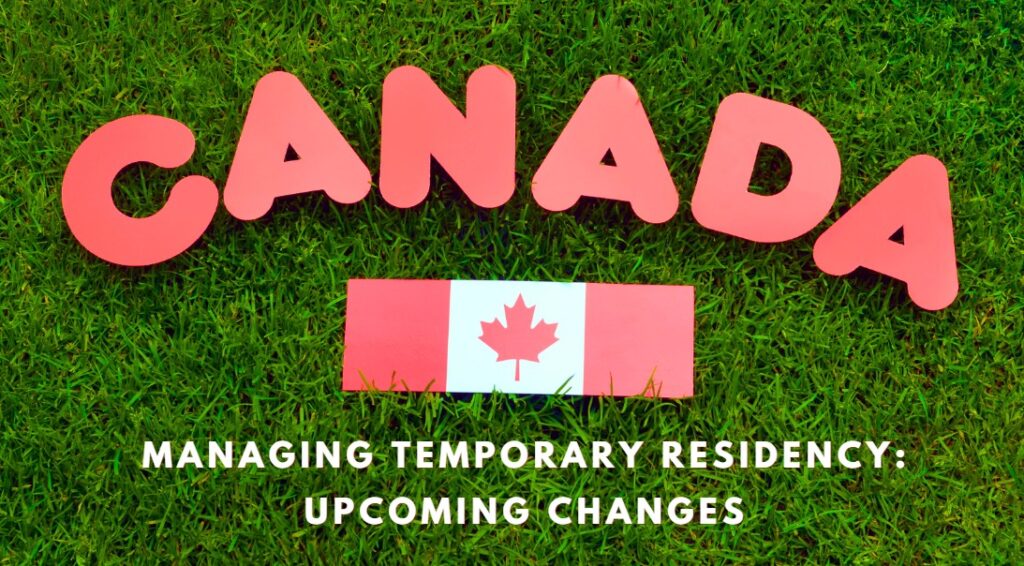
Canada’s Immigration Overhaul: What’s Changing for Non-Permanent Residents?
In a recent interview with Reuters, Canada’s Minister of Immigration, Refugees, and Citizenship, Marc Miller, outlined a significant shift in immigration policies aimed at non-permanent residents (NPRs) on study or work permits. This “suite of measures” promises to reshape the landscape for those aspiring to build their futures in Canada.
Unveiling Changes to the Post-Graduation Work Permit (PGWP)
Minister Miller hinted at forthcoming adjustments to the Post-Graduation Work Permit (PGWP) program, emphasizing the end of “uncapped programs” and a pivot towards stricter controls. In June, Immigration, Refugees, and Citizenship Canada (IRCC) reached out to key stakeholders in the education sector to gather feedback on potential changes.
The IRCC is considering aligning PGWPs with labor market needs, focusing on granting work permits to students entering high-demand occupations while limiting access for graduates of less critical programs. This strategic move aims to ensure that international students’ skills match Canada’s economic requirements.
Collaborative Efforts and Strategic Mapping
IRCC, in collaboration with Employment and Social Development Canada (ESDC), has been mapping educational programs to job titles using the Classification of Instructional Programs (CIP) and the National Occupation Classification (NOC) system. For instance, the survey connects the NOC for “carpenters” with relevant study programs such as construction trades, carpentry, and woodworking.
Broader Implications and Domestic Focus
Earlier this year, IRCC set the first-ever target for non-permanent resident levels, aiming to stabilize NPRs at five percent of the population over the next three years, down from nearly seven percent. As part of this plan, a two-year cap on international students has been introduced, limiting new post-secondary student numbers to 292,000 for the current year. This cap will be reviewed in 2025, potentially leading to further adjustments.
Minister Miller also expressed his intent to prioritize domestic draws for both federal and provincial permanent residence (PR) pathways. This approach aims to reduce the number of temporary residents by transitioning them to PR status, rather than recruiting new PRs from abroad—a move intended to address housing and affordability issues linked to immigration.
Immigration in the Spotlight
As Canada navigates these changes, immigration has become a hot-button issue, likely to dominate the next election cycle. With these new measures, the government seeks to balance the benefits of immigration with the pressing concerns of Canadian citizens.
Stay tuned as these developments unfold, shaping the future of Canada’s immigration landscape.
Looking forward to getting more information on the migration program Call or WhatsApp us 00974 4493 4528
Connect with us to get updates on our regular Immigration and hiring updates 🤝🏻
💬Official Whatsapp Channel | 💬 Whatsapp Community | 👍 Facebook | 📸 Instagram | 💼 LinkedIn







